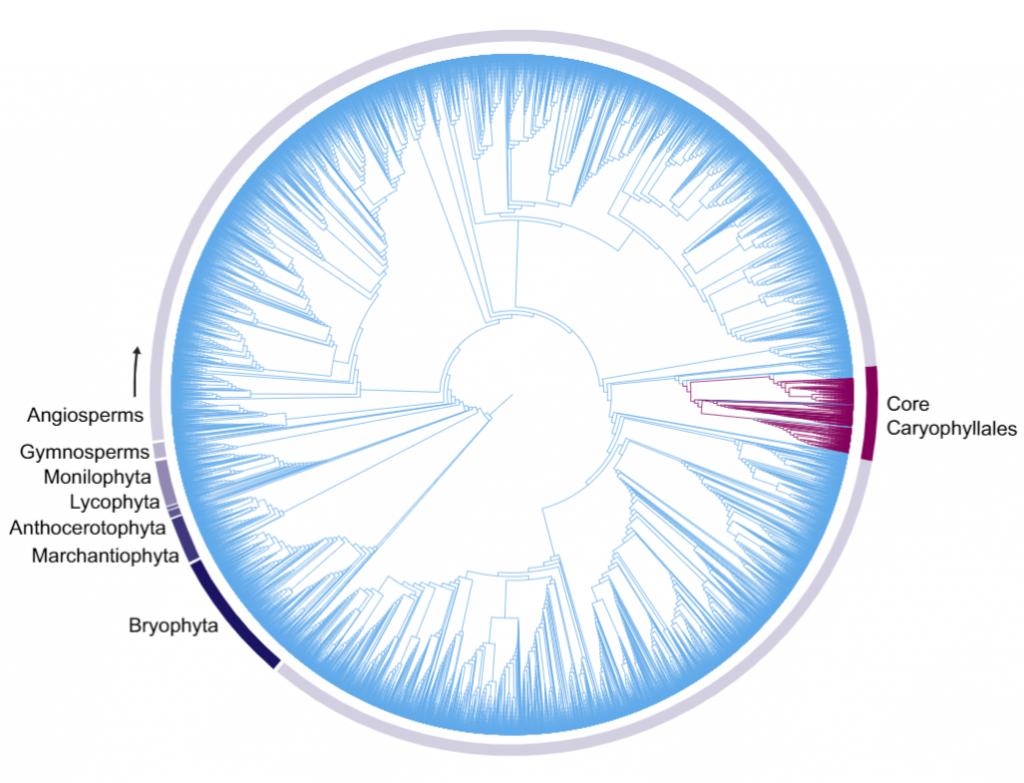
Review: The evolution of betalain biosynthesis in Caryophyllales (New Phytol)
Plant Science Research WeeklyIn the flowering plant order Caryophyllales (which includes beets), betalains substitute for anthocyanins, which are the most common form of pigmentation across the land plant phylogeny. Also found in the Basidiomycota fungal lineage, betalains are tyrosine-derived pigments that comprise of two groups…

Plant Direct Q&A with Joshua Windhalm
Blog, Plant Direct, Plant Direct: Author Q&A, Research
What does your lab work on?
We combine functional genomics with synthetic biology approaches to study the metabolism of redox-active plant natural products that can harnessed for applications relevant to agriculture and human health. We are particularly interested in specialized quinones like…
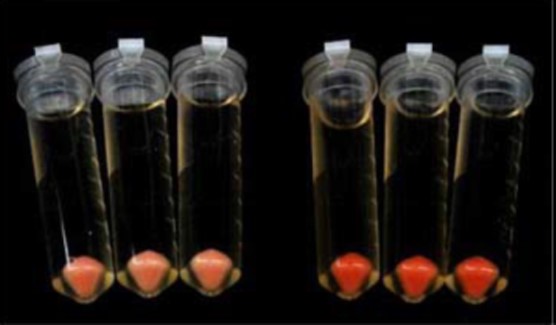
Critical residues for carotenoid biosynthesis by phytoene synthase (Plant Phys)
Plant Science Research WeeklyCarotenoids are diverse structures that contribute to photosynthetic light harvesting and serve as pigments, photoprotectants, and precursors for vitamin A and signalling molecules. Phytoene synthase is the first committed enzyme for carotenoid synthesis, and in tomato it is encoded by two genes, PSY1…
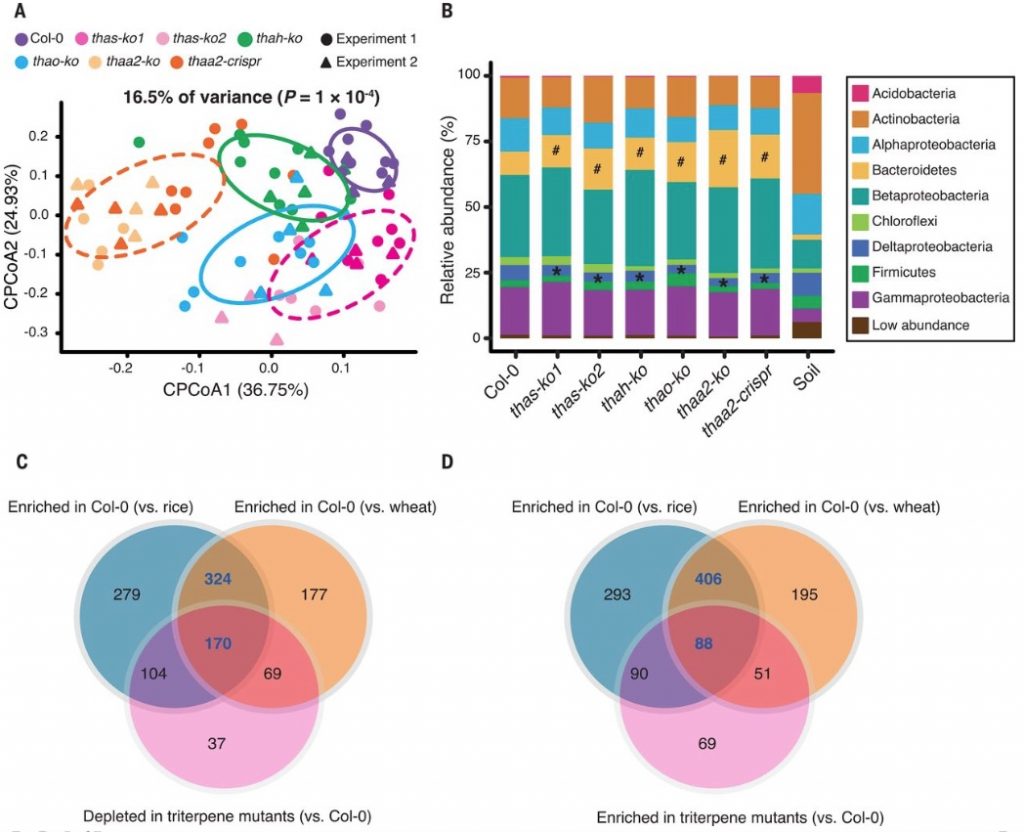
A specialized metabolic network selectively modulates Arabidopsis root microbiota (Science)
Plant Science Research WeeklyPlants have evolved to adapt to varied environmental niches. The ability to produce specialized metabolites is one of the evolved characteristics which help plants to thrive through varied biotic and abiotic conditions. Plant-associated microbes are always known to have a drastic impact on plant growth…
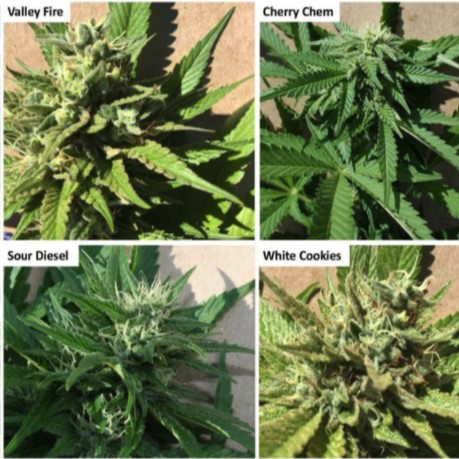
Gene networks underlying cannabinoid and terpenoid accumulation in cannabis (Plant Physiol)
Plant Science Research WeeklyRecent changes in the legal status of cannabis and cannabis-products have allowed renewed scientific interest in the genetic and metabolic basis of cannabis’ effects as well as the regulatory issues related to quality control of the products. Many varieties of Cannabis spp. have poorly documented pedigrees,…
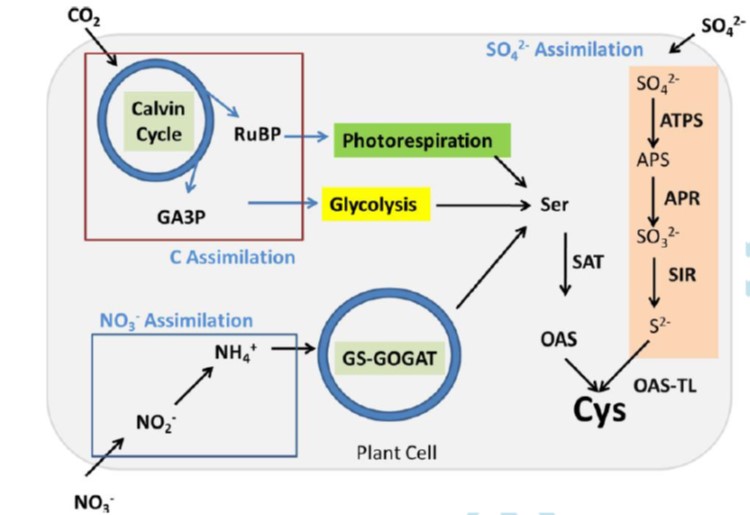
Review: Integration of sulfate assimilation with C and N metabolism in transition from C3 to C4 photosynthesis (J Exp Bot)
Plant Science Research Weekly“Cysteine (HO2CCH(NH2)CH2SH) synthesis is the converging point of the three major pathways of primary metabolism: carbon, nitrate, and sulfate assimilation.” It’s hard enough to coordinate two pathways, let alone three; but these metabolic connections are revealed in that a deficiency in one nutrient…
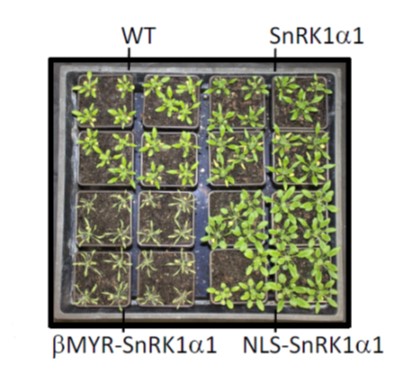
Default activation and nuclear translocation of the plant cellular energy sensor SnRK1 ($) (Plant Cell)
Plant Science Research WeeklyWhen I’m using my laptop without it being plugged in, at some point it enters battery saving mode as it senses that the battery charge is getting low. Organisms also sense their low energy reserves and activate alternate metabolic processes to ensure survival. The core energy sensor is a hetero-trimeric…

Autophagy regulates lipid biosynthesis and turnover
Research, The Plant Cell, The Plant Cell: In a NutshellFan et al. explore the roles of autophagy in Arabidopsis lipid metabolism. Plant Cell https://doi.org/10.1105/tpc.19.00170
By Jilian Fan, Linhui Yu and Changcheng Xu
Biology Department, Brookhaven National Laboratory
Background: Autophagy is a self-eating process during which cytoplasmic materials…

Moonlighting activities and control of meristem maintenance in maize ($) (Nature Plants)
Plant Science Research WeeklyThe phosphorylated disaccharide trehalose 6-phosphate (T6P) is a regulator of meristem fate. Mutations in enzymes related to T6P metabolism (such as TPS, the synthase, or the phosphatase trehalose 6-phosphate phosphatase TPP, i.e., RAMOSA3 that dephosphorylates T6P to trehalose), are linked to defects…

